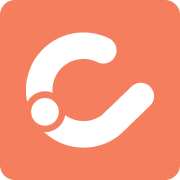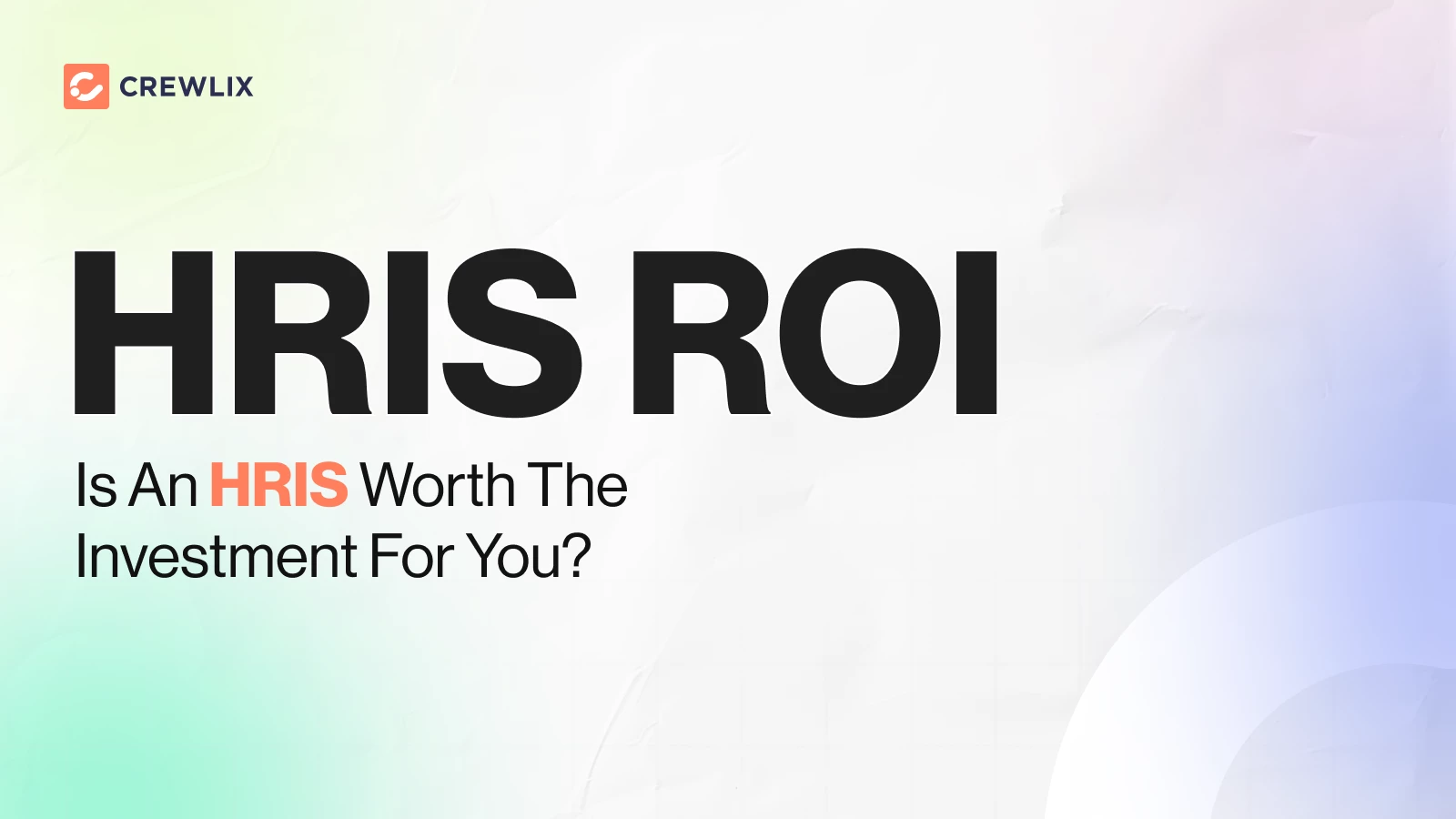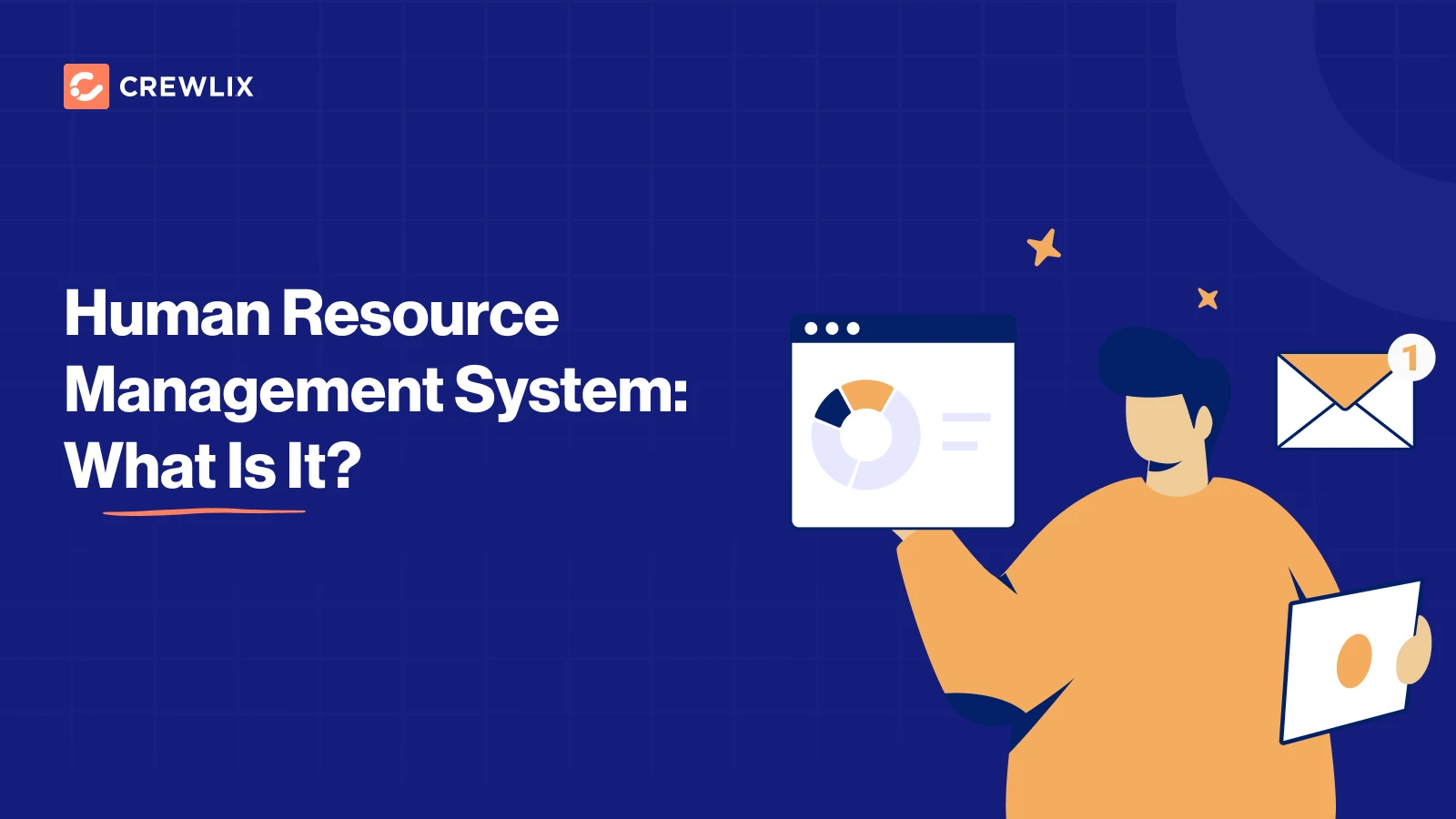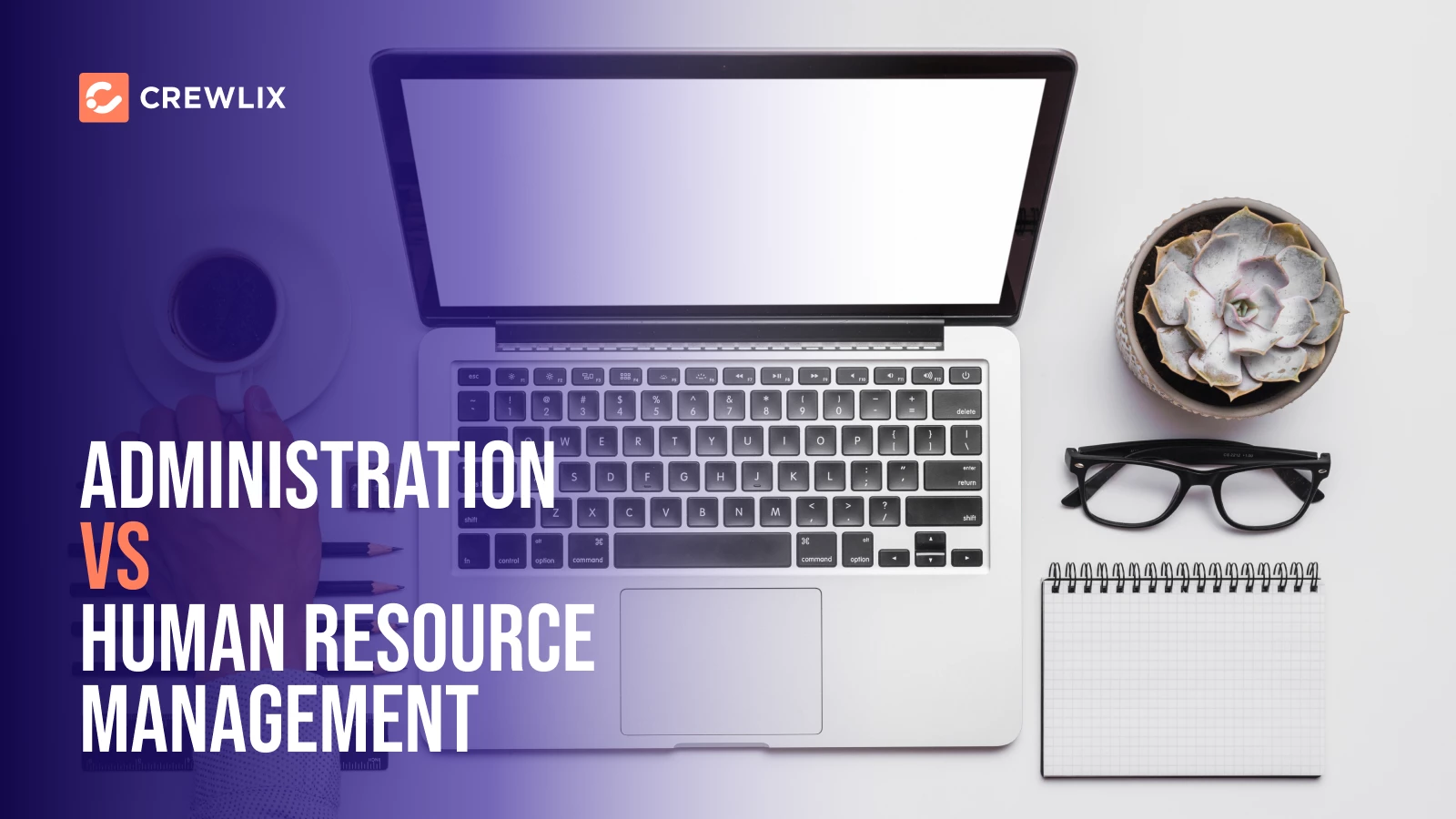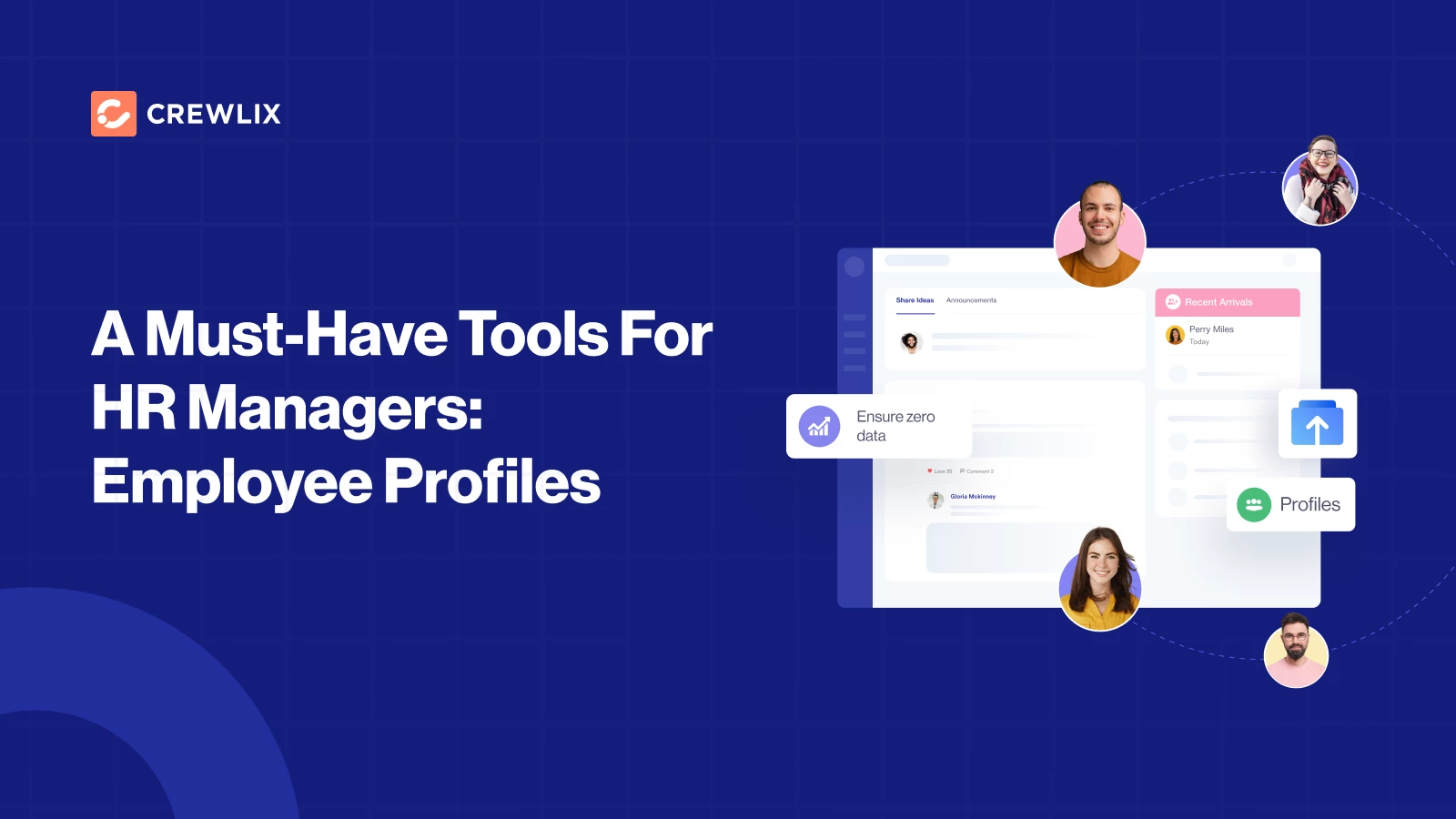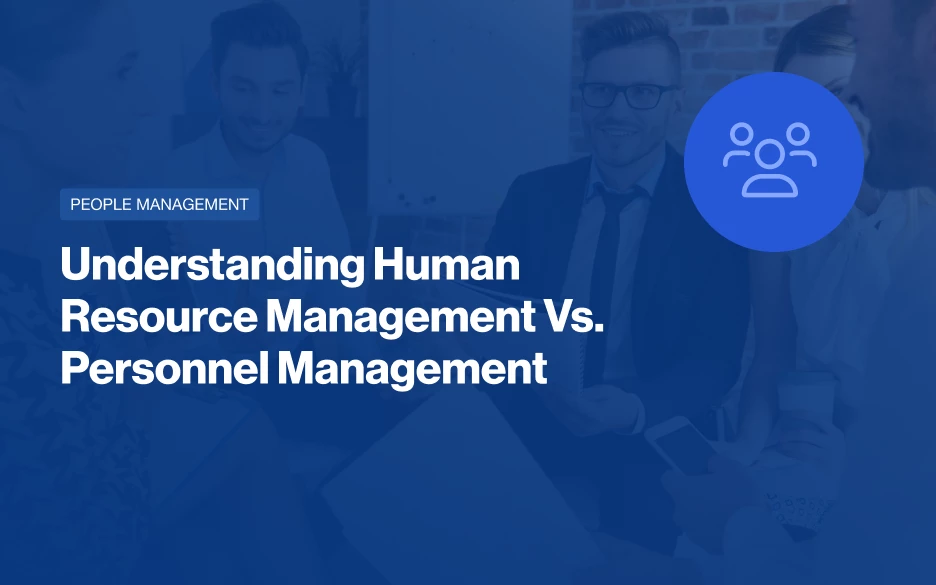Have you ever wondered what are the 3 HR systems that can take your business to the next level? Learning about HR can be overwhelming if you are a beginner in business administration.
Not to mention, it’s hard to keep track of acronyms like HR, CRM, TMS, TLM, LMS, and ATS. Yet, choosing the right HR system boils down to three main types: HRMS (HR functions), HCM (strategic management), and HRIS (employee data).
Simplifying it’s about picking the tool that best fits your needs for smoother workforce management. In this blog, I will explain the three HR systems and which one to pick for your business.
Read More: How Do I Choose The Best HR Software
About The Three HR Systems: HRMS vs. HCM vs. HRIS
1. Human Resource Information System (HRIS):
HRIS stands out as the most widely recognized among the three systems, primarily focusing on organizing employee data efficiently. Its key functions range from simplifying onboarding processes to enhancing recruitment efforts through Applicant Tracking Systems (ATS).
The system also automates time and attendance recording, ensuring accuracy in timesheets. Compliance notifications and streamlined payroll processes contribute to the system’s effectiveness.
The employee self-service feature allows for personal detail adjustments and quick time-off requests, fostering engagement. Moreover, HRIS supports performance management, learning opportunities, and analytics, saving time on administrative tasks and providing strategic insights for personnel.
2. Human Capital Management (HCM):
Building upon HRIS, HCM offers a more comprehensive approach by encompassing all its features while introducing complexity in solutions. It places a spotlight on an employee’s journey within the company, covering talent acquisition, management, and optimization.
HCM ensures a structured onboarding process, boosting employee confidence during the critical initial period. Throughout an employee’s career, it tracks various aspects, including time and attendance, performance assessments, and company culture development.
Optimization focuses on maximizing employee potential through engagement, learning and development, remuneration, competency, and succession planning. HCM’s customization options make it adaptable to specific people management practices and processes within organizations.
3. Human Resource Management System (HRMS):
HRMS emerges as the most advanced of the three. It integrates the features of HRIS and HCM while placing additional emphasis on the administrative aspects of employee relations.
It introduces a higher level of complexity in managing time and labor, featuring an automated payroll system for accurate wage calculations. Geared towards improving efficiency, HRMS generates productivity reports and analyses, providing a robust solution for organizations that want an integrated approach to human resource management.
With its amalgamation of HRIS and HCM features, HRMS is designed to address intricate administrative challenges. As a result, it is a powerful choice for businesses aiming for advanced HR solutions.
Comparing the 3 HR Systems: HRMS, HCM, HRIS
| Feature | HRMS (Human Resource Management System) | HCM (Human Capital Management) | HRIS (Human Resource Information System) |
| Focus | Operational HR functions | Strategic employee management | Data organization and information management |
| Onboarding | Streamlines the induction process | Enhances onboarding experience, focusing on integration | Simplifies onboarding through data input automation |
| Recruitment | Manages basic recruitment processes | Encompasses end-to-end talent acquisition, including structured onboarding | Utilizes an Applicant Tracking System (ATS) for efficient job matching |
| Time and Attendance | Automates employee hours recording | Tracks time and attendance, integrates performance assessments | Records employee hours for timesheets efficiently |
| Compliance | Issues compliance notifications | Manages compliance and legal aspects, minimizing risks | Ensures compliance through notifications and checks |
| Payroll | Records hours for accurate payments | Manages payroll efficiently, including an automated payroll system | Automates payroll calculations for accuracy |
| Employee Self-Service | Allows employees to update personal info | Empowers employees with self-service features, fostering engagement | Provides a platform for employees to manage personal details and request time off |
| Performance Management | Offers easy access to performance records | Tracks performance throughout an employee’s career and integrates performance assessments | Supports performance management, facilitating evaluations |
| Learning Management | It may include basic learning features | Emphasizes learning and development, providing access to courses | Notes skills and qualifications support the company’s learning and development strategy |
| Analytics | Generates reports based on defined parameters | Provides analytics for strategic decision-making | Offers quick creation of reports and templates for HR metrics |
| Complexity | Operational focus with efficiency emphasis | A comprehensive approach covering the employee journey | Data-centric, with a focus on information organization |
| Customization | Moderate customization options | Highly customizable to each organization’s needs | It may have customization limitations depending on the system |
| Optimization | Primarily focuses on HR efficiency | Aims to optimize employee potential throughout their career | Balances data organization and optimization factors |
How To Use The 3 HR Systems?
1. HRIS (Human Resource Information System):
HRIS is a trusty digital assistant that keeps all employee details in one organized space.
How to use it:
- Input employee details with care, like a digital personnel file.
- Run reports to monitor leave patterns, payroll trends, and other essential metrics.
- Give employees self-service access, empowering them to update their info and peek at pay stubs.
2. HRMS (Human Resource Management System):
HRMS is the multitasker of HR. It stores data and automates various HR tasks like recruitment, performance reviews, onboarding, and goodbyes.
How to use it:
- Advertise job openings and sift through applications seamlessly.
- Conduct performance reviews in a breeze and follow employee growth.
- Simplify onboarding and offboarding with automated step-by-step processes.
- Create reports to understand how well you hire, retain talent, and manage performance.
3. HCM (Human Capital Management System):
HCM dives deep into data, focusing on talent growth, engagement, and shaping your workforce for success.
How to use it:
- Spot skills gaps and design training that feels tailor-made for your team.
- Analyze employee engagement data to nurture a positive work environment.
- Predict future hiring needs and map out career paths with insightful analytics.
- Align HR goals with the company’s overall vision for a well-rounded strategy.
Which One Is The Right HR Software For You?
1. HRIS (Human Resource Information System):
Ideal for: Small to medium-sized businesses looking for efficient data management and basic HR functions.
Consider if you need:
- Streamlined employee data organization.
- Automated time-saving HR processes.
- Compliance management features.
- Employee self-service capabilities.
2. HRMS (Human Resource Management System):
Best suited for Medium-sized businesses focusing on automating a wide range of HR tasks beyond data management.
Consider if you need:
- Comprehensive recruitment tools.
- Performance management features.
- Automated onboarding and offboarding processes.
- In-depth analytics for HR metrics.
3. HCM (Human Capital Management):
Recommended for: Large enterprises aiming for strategic workforce optimization, talent development, and engagement.
Consider if you need:
- Advanced talent acquisition and management tools.
- In-depth workforce analytics and planning.
- Employee engagement initiatives.
- Alignment of HR goals with overall business objectives.
Factors to Consider- HRMS vs. HCM vs. HRIS
1. Company Size: Choose software that aligns with the scale of your organization. Smaller businesses might find HRIS sufficient, while larger enterprises benefit from HCM’s strategic insights.
2. Functional Requirements: Assess your specific HR needs. If you primarily need data organization, HRIS might suffice. For a broader range of HR tasks, HRMS is apt. If strategic planning and workforce optimization are crucial, opt for HCM.
3. Scalability: Look for software that expands to accommodate your company’s needs. Make sure it is flexible and scalable to meet evolving needs.
4. User-Friendly Interface: Choose software with an intuitive interface. User adoption is crucial for successful implementation.
5. Budget Constraints: Evaluate implementation, training, and ongoing maintenance costs. Ensure the chosen software aligns with your budget without compromising essential features.
6. Integration Capabilities: Check if the software integrates smoothly with existing tools and systems in your organization. Streamlined data flow reduces manual efforts.
7. Vendor Support and Reputation: Research the vendor’s reputation and support level. A reliable vendor ensures smooth implementation and ongoing assistance.
FAQs
- How do you select the right HR system?
Define your goals, consider scalability, and align with your company’s workflow for seamless integration and efficiency.
- Can HRMS handle recruitment efficiently?
Absolutely; HRMS excels in recruitment with features like applicant tracking, making the process streamlined and effective.
Conclusion
For businesses seeking to improve their HR processes, understanding the 3 HR systems is crucial. Whatever system is selected, it is important to match organizational requirements with the system of choice, whether HCM, HRIS, or HRMS. A smooth path toward strategic HR objectives is ensured by making the appropriate decision, which empowers effective workforce management.

